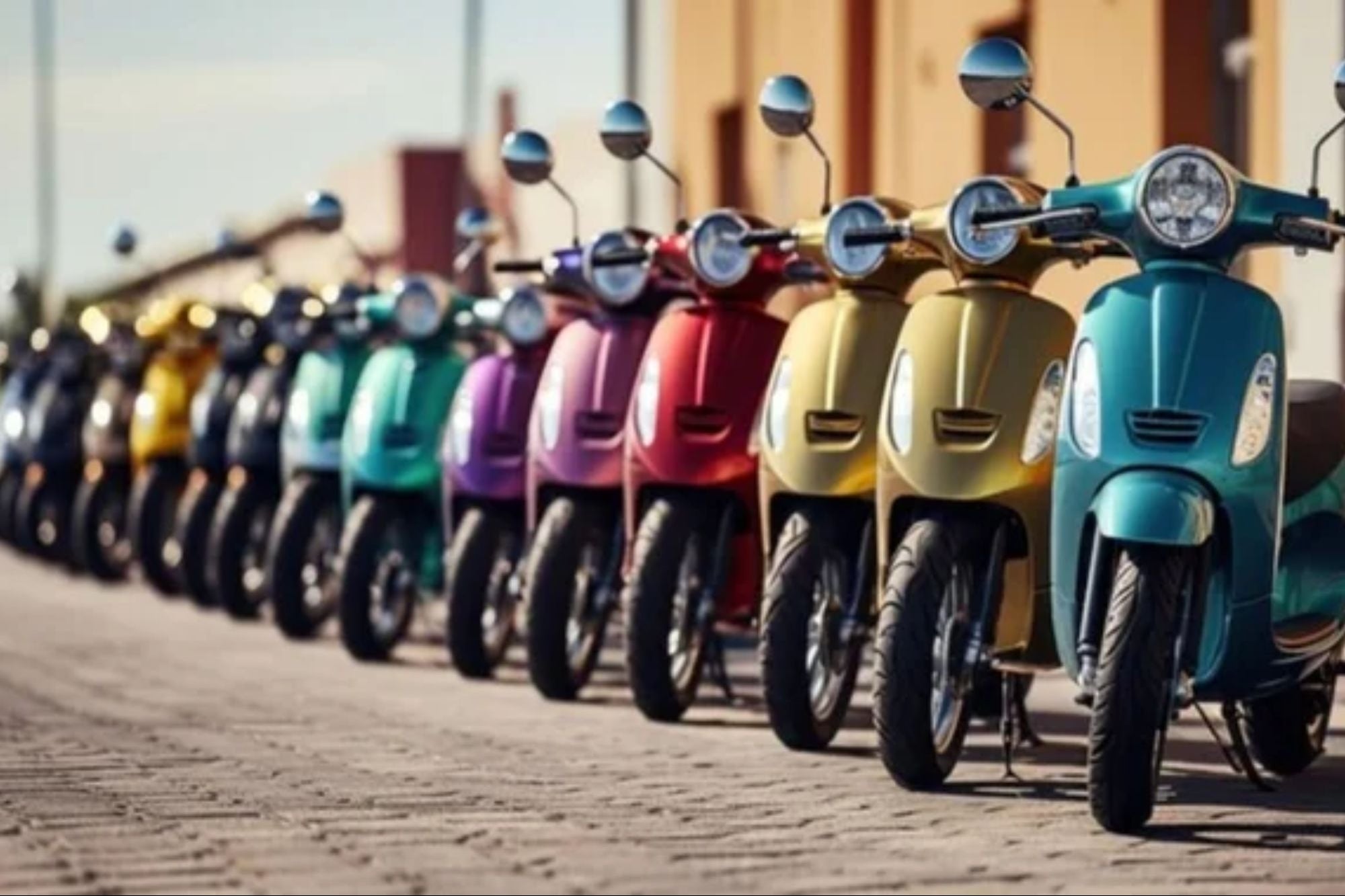Two-wheeler Industry Likely to Hit Pre-Pandemic High in FY2025- 26 Overall, the two-wheelers with sales of 19.6 million units registered a good growth momentum of 9.1% in FY 2024-25 over FY 2023-24.
You're reading Entrepreneur India, an international franchise of Entrepreneur Media.

The two-wheeler (2W) industry's overall volume in FY2025- 26 is likely to overtake the previous high of 21-24 million units in FY2019 before Covid hit, industry experts said.
Besides, the scooter sector is expected to grow by 6-9 per cent by FY2025- 26, driven by double-digit year-on-year growth in the two-wheeler segment.
"We expect scooter segment demand momentum to continue, but believe there is a downside risk to domestic motorcycle segment growth assumptions, given its persistent weakness in the 110cc motorcycle segment and an increase in delinquencies for financiers, which may weigh on the growth. The companies highlighted that recovery in the export market continues, led by strong demand trends in LATAM and a recovery in the African market," a report by Kotak Institutional Equities noted.
Overall, the two-wheelers with sales of 19.6 million units registered a good growth momentum of 9.1% in FY 2024-25 over FY 2023-24.
"For FY2025- 26, lower interest rates on loans translate into reduced EMI for consumers and will enhance the affordability of two-wheelers. The savings from income tax rebates will also positively affect consumer sentiments. Overall growth momentum in the domestic market, we are expecting, is likely to be positive like last year," said KN Radhakrishnan, director and chief executive officer, TVS Motor.
"2W retail volumes in April 2025 demonstrated a resilient up-cycle, growing 2.25 per cent YoY and accelerating 11.84% MoM—underscoring a stable demand environment amid mixed headwinds. Dealers reported buoyant enquiry growth in rural areas post-Rabi harvest, driven by strong crop yields, healthy reservoir levels, and a favourable monsoon outlook, while wedding-season tailwinds sustained rural offtake. Urban demand remained robust, supported by new-model introductions, although elevated financing costs and OBD2B-linked price adjustments posed isolated bottlenecks," said C S Vigneshwar, president, FADA
Improved semi-urban and rural demand and a resurgence in consumer confidence helped the segment to recover in FY2025 and may help it gain pre-pandemic momentum in FY2026.
"Growth was largely led by the scooter segment due to improved rural and semi-urban connectivity and availability of newer models with enhanced features," a SIAM report stated.
"A normal monsoon, as currently forecasted for 2025, is expected to support broader economic activity, especially in rural and semi-urban regions, which would be a tailwind for auto sector demand in FY2026," the industry body noted.
The sector will also benefit from the reforms in the personal income tax announced in the recent Union Budget of 2025-26, which has been followed by two back-to-back rate cuts by the Reserve Bank of India. These measures would help in creating demand by increasing accessibility of vehicle financing, the SIAM report also noted. In FY2025, 2Ws accounted for 75.04 per cent of the auto sector share.
"Next fiscal, volume growth of 8-10 per cent will be supported by a 7-8 per cent rise in domestic demand driven by higher rural incomes and increased sales of premium 2W ICE vehicles and e2Ws. Meanwhile, exports should grow relatively faster, at 11-12 per cent, aided by demand from Africa, Latin America, and other emerging markets. Favourable measures in the upcoming Union Budget could further boost this growth," said Anuj Sethi, Senior Director, Crisil Ratings Ltd.
Motorcycles account for nearly two-thirds of the Indian 2W internal combustion engine (ICE) market. According to SIAM, registration of e2Ws grew by 21.2 per cent in FY 2024-25 as compared to the previous year, with 11.5 lakh units.
The e2Ws segment, comprising mainly scooters, is small at ~5 per cent of overall 2W sales volume, but growing rapidly at ~27 per cent this fiscal. "We expect similar double-digit growth next fiscal as well," Sethi said.
Citing recently updated Maharashtra government's EV policy, Dhiraj Agarwal, Chief Business Officer, Mufin Green Finance, said, "Maintaining this increased demand for EVs will require robust financial mechanisms also tailored to fleet operators, logistic providers, and infrastructure developers. Financial institutions focused on sustainability can support this transformation by offering structured financing for EV adoption and supporting investment in associated infrastructure."










